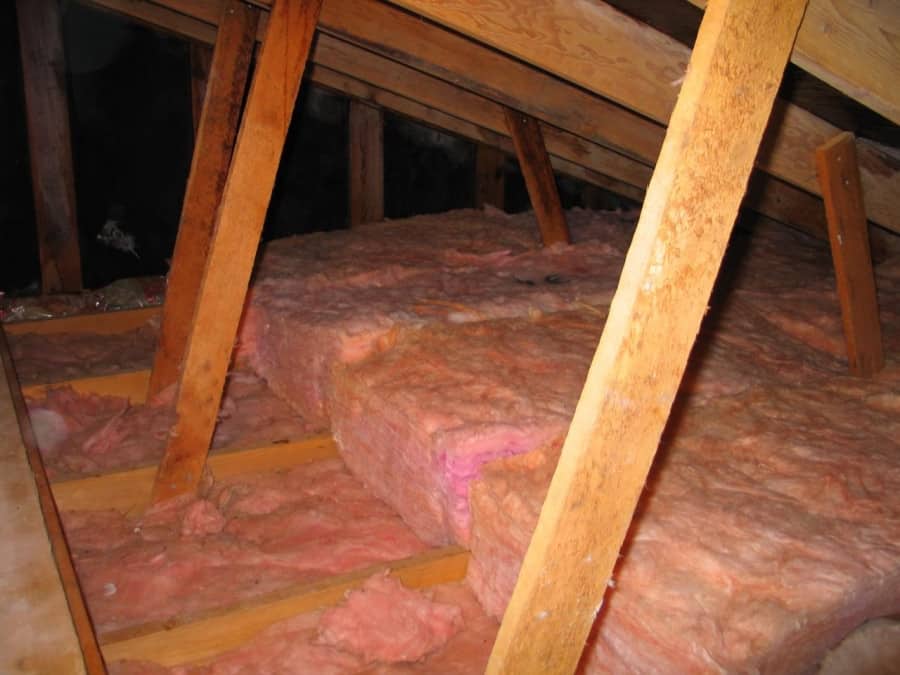It s important to keep an eye on attic moisture and temperature if you believe you have a potential problem with mold.
Is moisture in attic normal.
To save time and better pinpoint the problem you can hire a professional to inspect your insulation and fill any gaps that might be letting warm air into.
Noticeable musky damp odor.
If you have taken the proper steps to remove excess humid air from your home and you re still having condensation issues it might be time to check the attic insulation.
Step 1 check for excessive heat.
Attic clean up professionals always look for signs of moisture in attics and homeowners should regularly do this as well.
Other ways to look for attic condensation is to inspect the attic roof trusses sheathing or rafters you ll need to access the attic hatch from the interior of your home.
Humidity settings are another issue that can make or break the performance of your heating and cooling systems and your attic ventilation.
If there are signs of rot on the roof sheathing then there has been prolonged moisture in the attic.
Attic moisture is caused by hot temperatures and high humidity prime causes of mold in your attic.
Insulation is responsible for keeping warm air inside your living space and out of the attic where it can lead to condensation.
High temperatures inside your attic shorten the life span of shingles.
While many homeowners usually associate dampness with basements or crawl spaces attics can suffer from moisture problems just as easily which can lead to damaged insulation structural issues and problems with mold.
Traces where water has trickled down the walls.
There are dozens of things that can cause condensation buildups in the attic one of which is a leaking roof.
Look for condensation or mold inside the attic cavity.
Signs of condensation in the attic may include the following.
If you own an older home or your ductwork is not properly maintained ductwork sweating is more likely to become an issue as both the temperature and humidity levels rise.
Inspect your attic insulation.
The normal indoor humidity range in winter should be 15 to.
That should not be surprising because unless you go to a lot of trouble to seal all joints between the lower floor and the attic moisture will flow between the two areas.
By adding moisture to the lower floor you increase the partial pressure of the water vapor which pushes it to areas of lower vapor pressure like the attic.
Excessive moisture in the air.
During the winter months the recommended relative humidity inside a house is anywhere between 30 50 percent.
Common causes of condensation in the attic.
Take its temperature.
In come cases duct condensation can be a sign of a duct leaking air which reduces your a c unit s efficiency.

